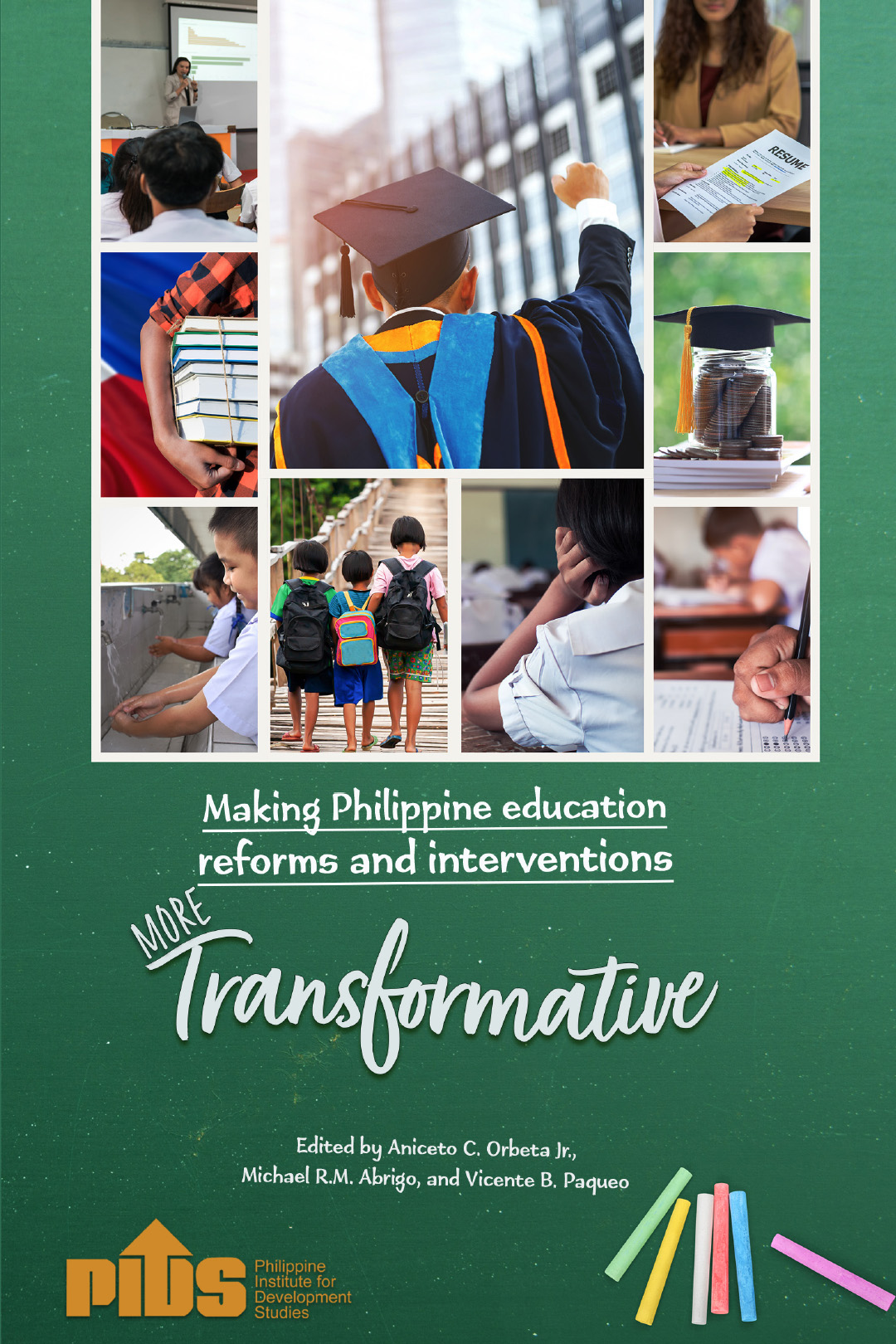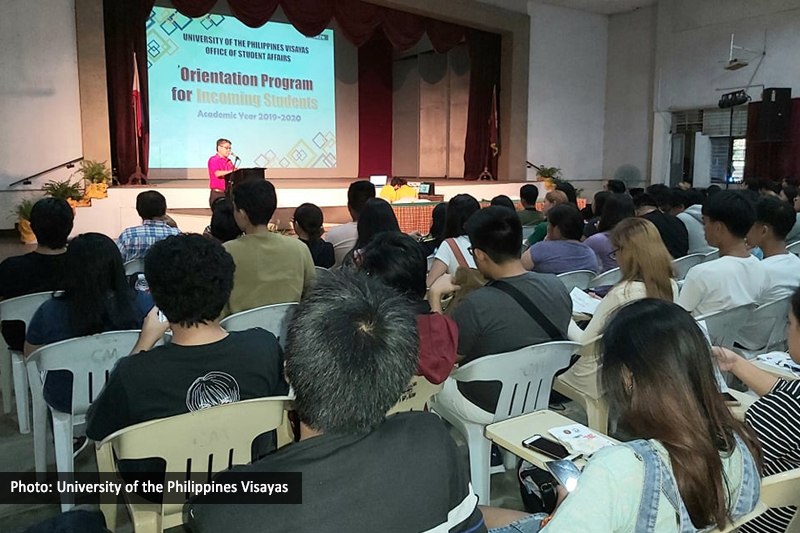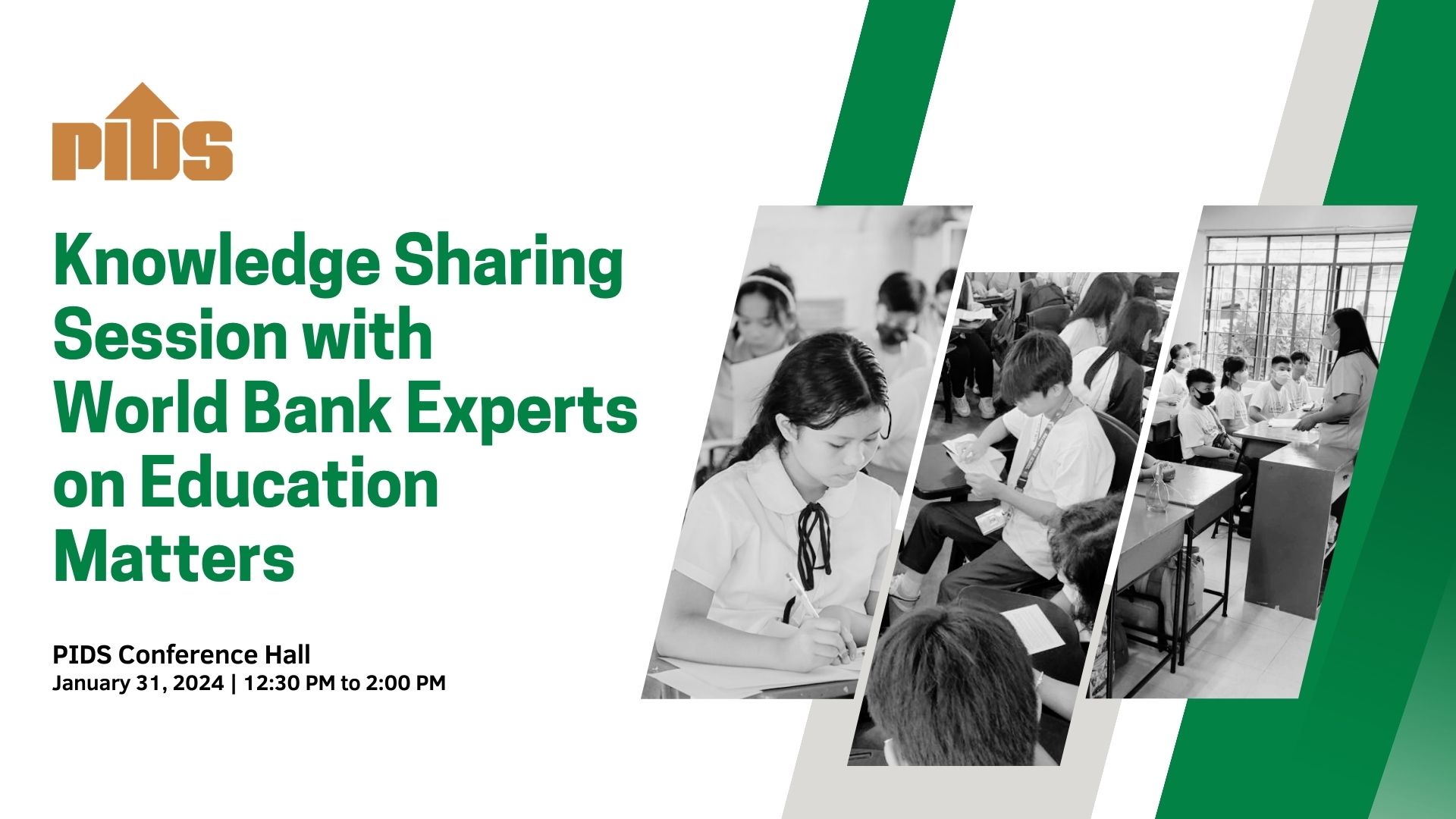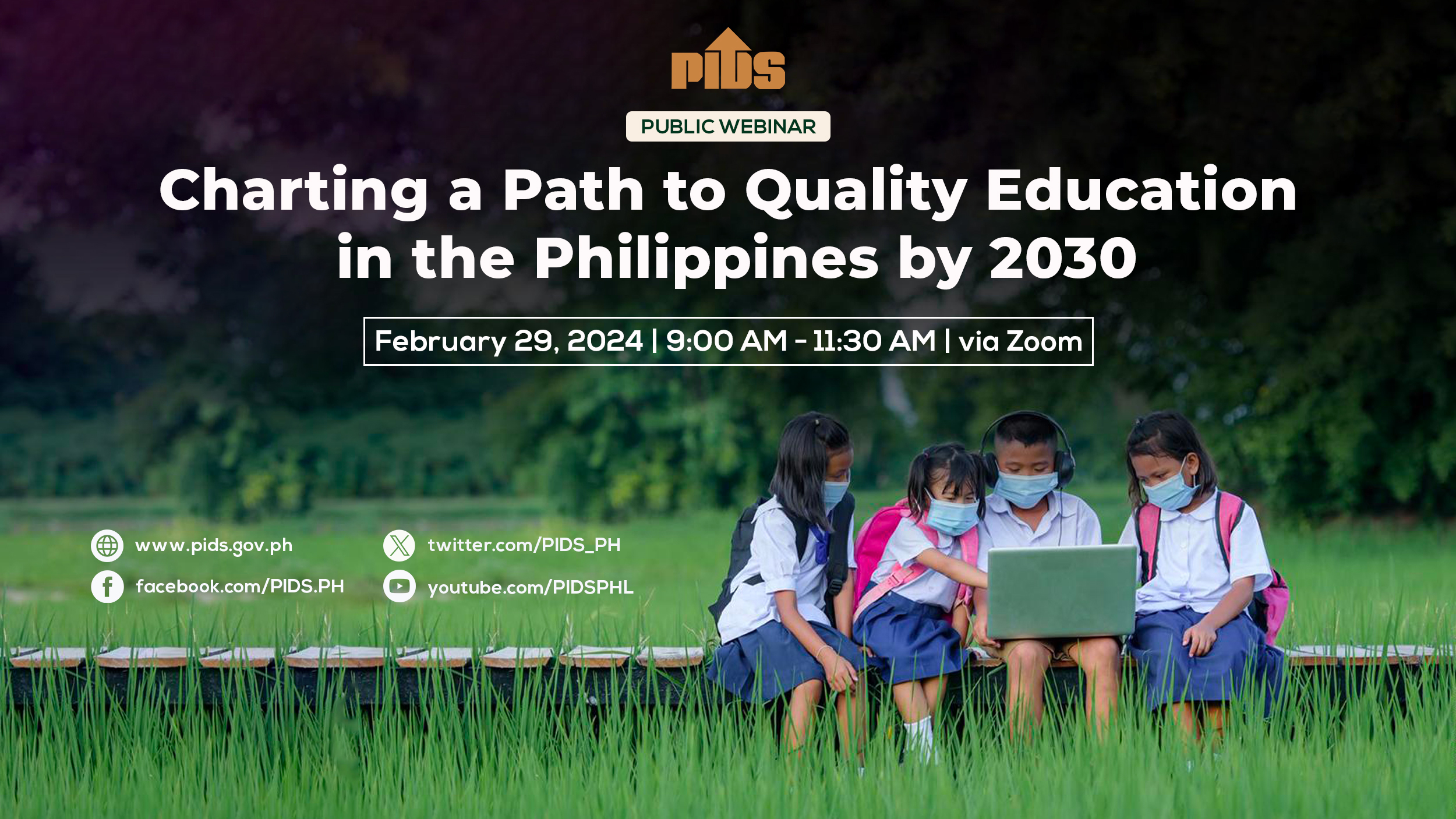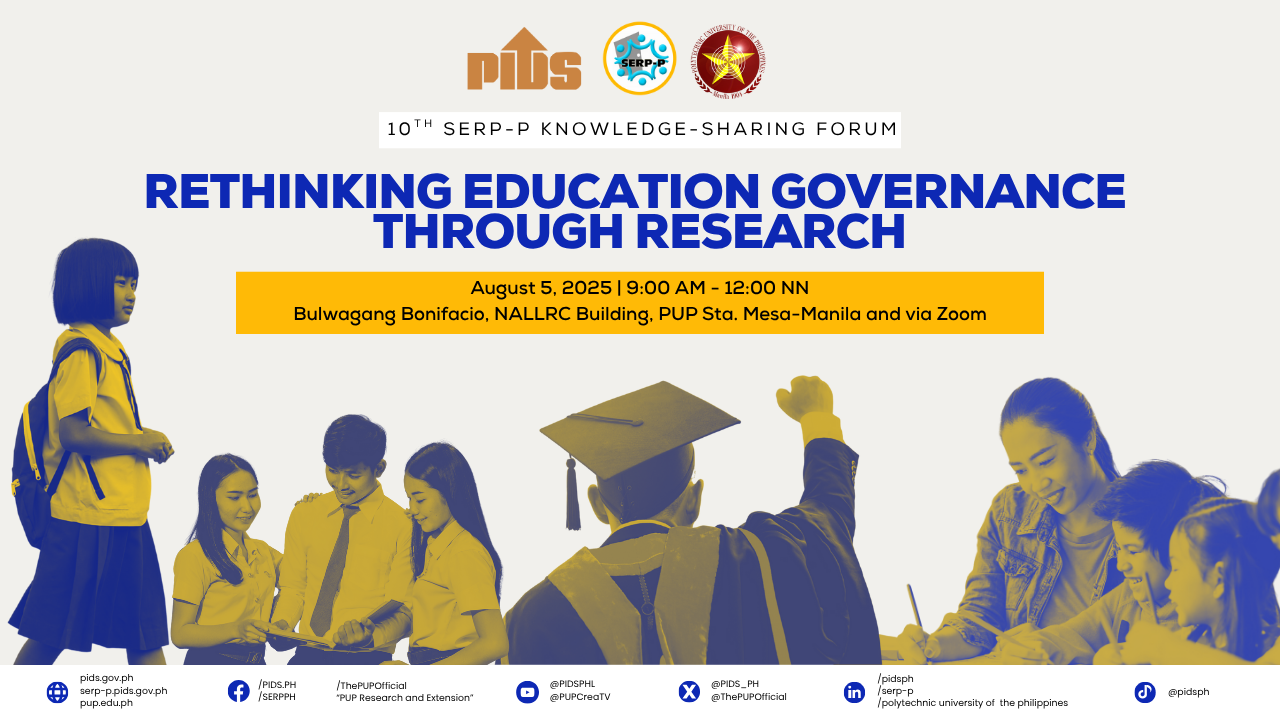In a recent eye-opening study by the Philippine Institute for Development Studies (PIDS), the Philippines confronts a stark reality: it is significantly underspending on education.
The study, led by Dr. Jose Ramon G. Albert, comes at a critical time when the country grapples with low rankings in global education indices.
The PIDS paper reveals that the Philippines allocates only 3.6% of its Gross Domestic Product (GDP) to education, trailing behind the regional standard of over 4%.
Per student spending has seen a decline from PHP 22,979 in 2017 to PHP 19,943 in 2021, ranking among the lowest globally.
This underfunding is a contributing factor to curriculum overload, teachers’ non-teaching duties, and insufficient instructional time, which all have detrimental effects on student learning outcomes.
The 2018 Programme for International Student Assessment (PISA) results placed Filipino students at the bottom in reading and significantly behind in science and mathematics out of 79 countries.
The study by PIDS reveals the profound educational challenges the Philippines faces, with the 2018 PISA results serving as a stark reminder of the urgency to act.
The paper’s target-by-target analysis highlights near-universal primary enrollment and improved secondary education participation.
However, these positives are overshadowed by high dropout rates and poor learning outcomes, exacerbated by substantial equity gaps, especially across rural-urban divides and gender, with girls consistently outperforming boys.
The research team calls for a concerted response from the Department of Education (DepEd), the Commission on Higher Education (CHED), and the Technical Education and Skills Development Authority (TESDA).
They recommend a collective strategy to address the SDG4 objectives effectively, suggesting the Philippines should allocate at least 4% of its GDP to education to align with regional benchmarks.
The PIDS study advocates for a reassessment of the curriculum to focus on core competencies and foundational skills, alongside targeted support for marginalized groups.
“Countries should also ensure that health systems integrate the prevention and management of obesity into the basic package of services,” the study asserts, highlighting the need for multisectoral action in agriculture, social protection, and health.
Despite the daunting task ahead, the PIDS study provides a blueprint for change, advocating for evidence-based interventions and cross-agency collaboration to bridge the education gap.
With 2030 as the target year for achieving SDG4, the paper underscores the critical need for pragmatic and immediate action to secure a brighter educational future for Filipino children.
Some residents voiced their concerns and frustrations on the underspending in education.
“We’ve been waiting for improvements for so long. Our children deserve quality education, and it’s disheartening to see them lag behind due to these systemic issues,” a parent from Iloilo City said.
A teacher echoed this sentiment from their own perspective.
“It’s challenging to deliver quality education when you’re juggling administrative tasks with teaching. We need more support and better funding to focus on what really matters – our students,” teacher Mark from LaPaz, Iloilo City said.

